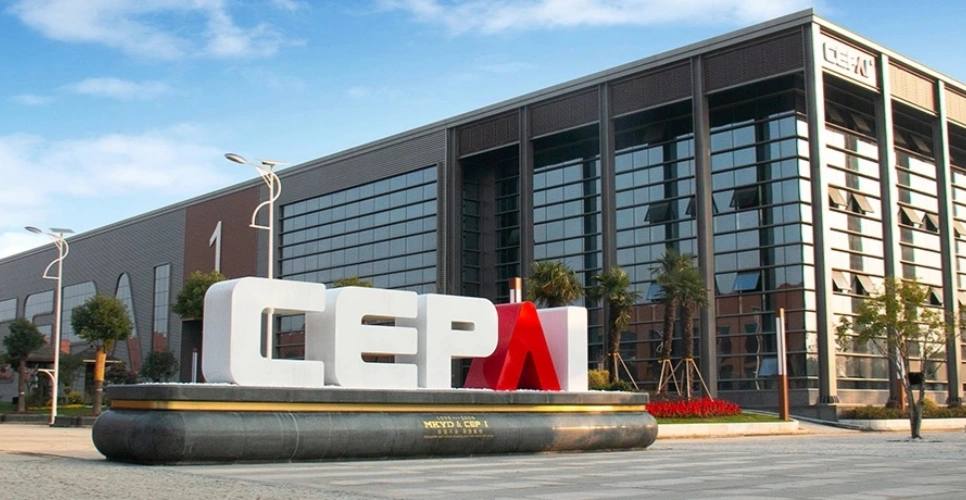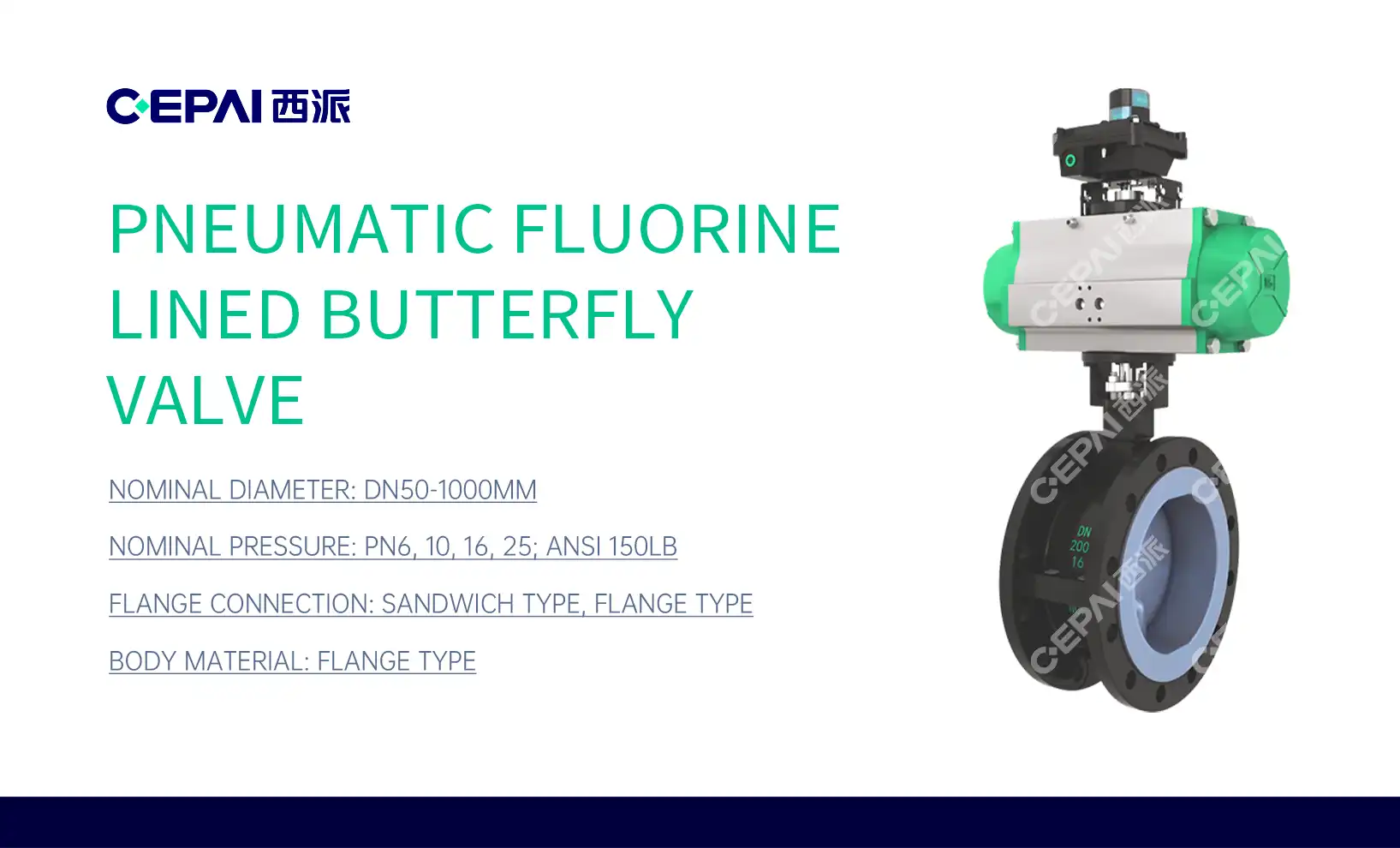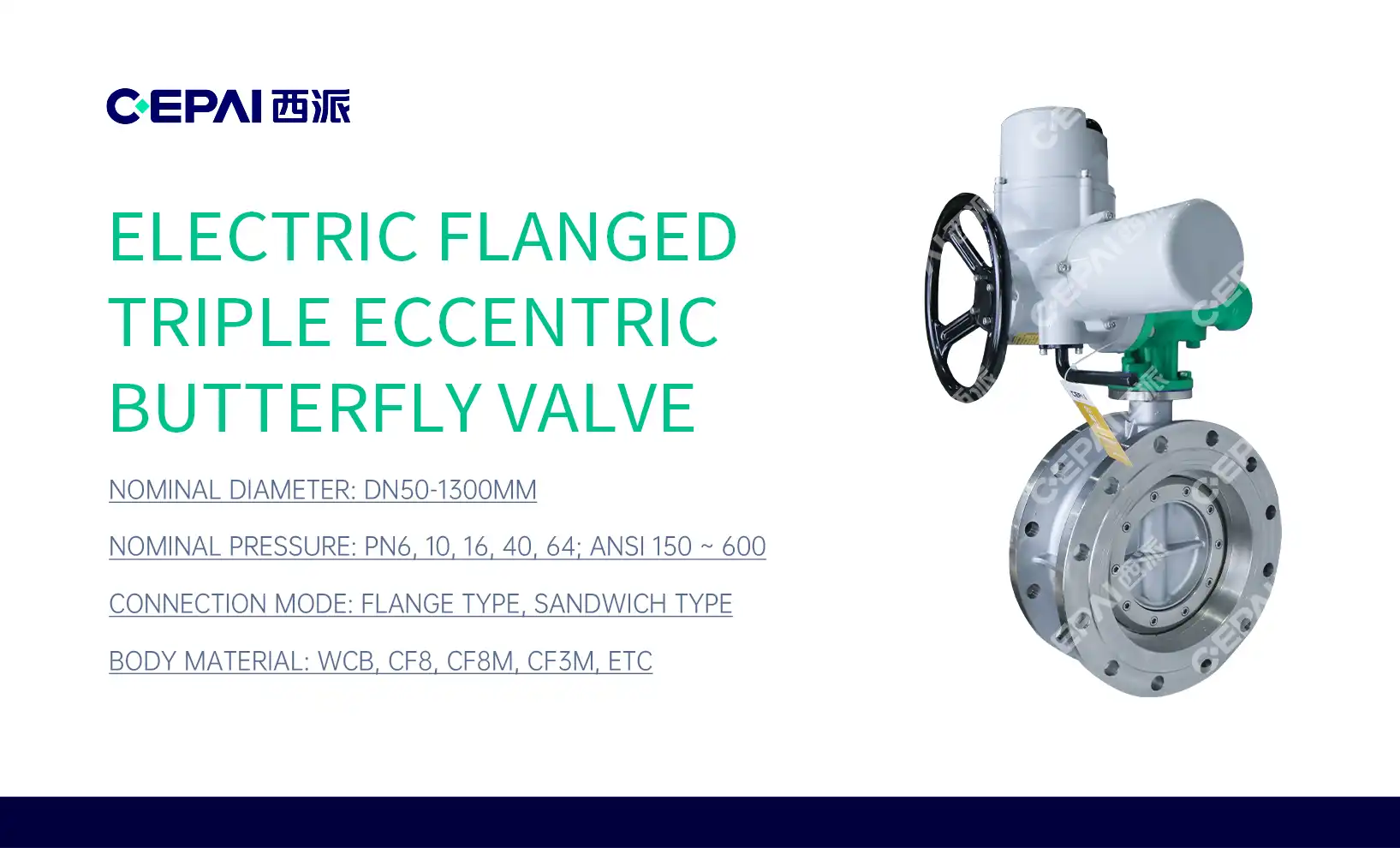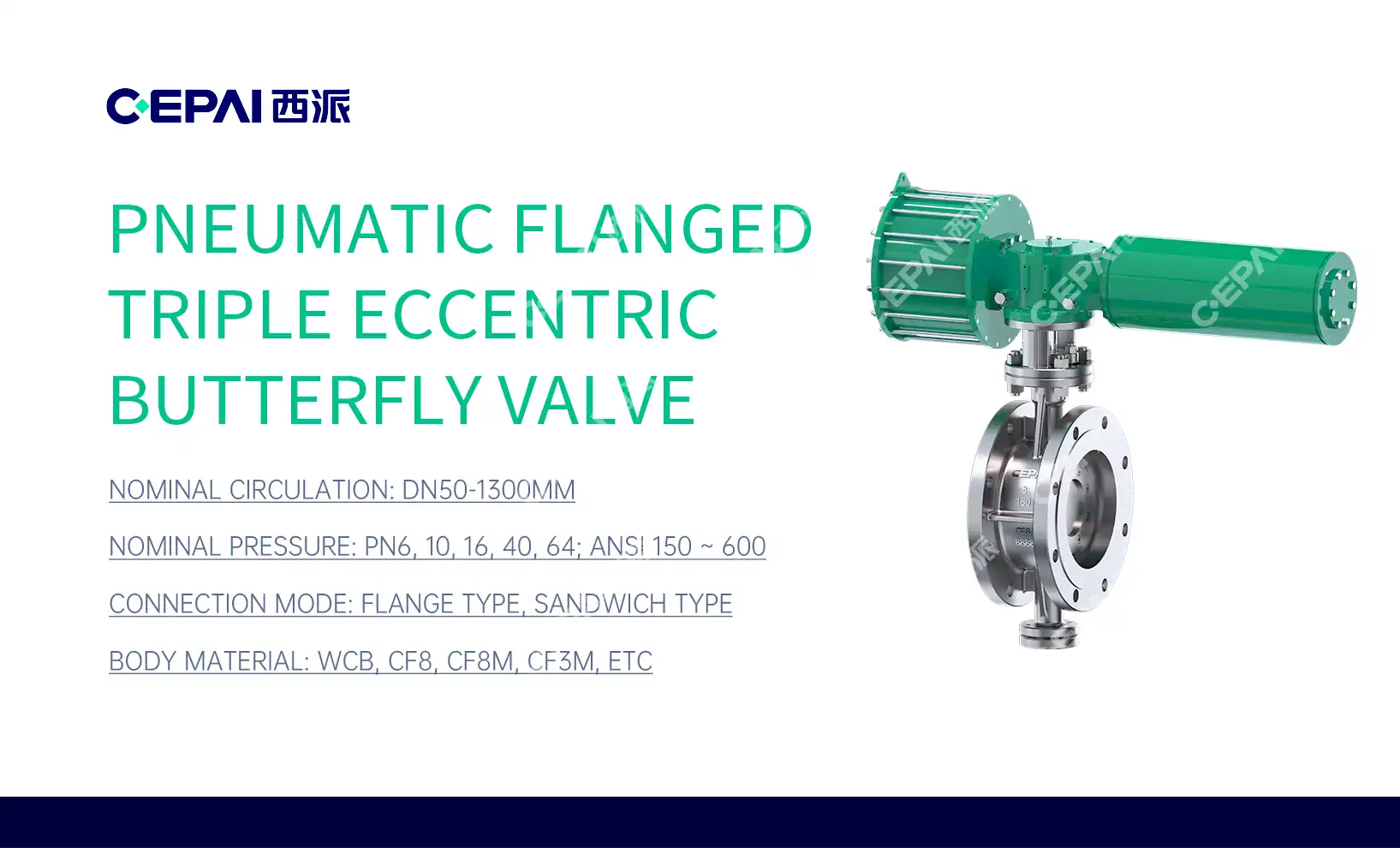Understanding Waterproof Butterfly Valves
Design Features of Waterproof Butterfly Valves
Waterproof butterfly valves are engineered with specialized features to ensure optimal performance in wet or submerged conditions. These valves typically incorporate robust sealing mechanisms, such as double-eccentric or triple-eccentric designs, which provide enhanced sealing capabilities. The valve body and disc are often constructed from corrosion-resistant materials like stainless steel or specialized alloys to withstand prolonged exposure to water and harsh environments.
Additionally, waterproof butterfly valves may feature specialized coatings or treatments to further enhance their water resistance. These coatings not only protect against water ingress but also help prevent corrosion and extend the valve's lifespan. The shaft seals and packing glands are designed to maintain a watertight seal, even under high-pressure conditions, ensuring reliable operation in challenging underwater applications.
Benefits of Waterproof Butterfly Valves
The primary advantage of waterproof butterfly valves is their ability to maintain functionality and integrity in wet or submerged environments. This makes them ideal for use in offshore oil and gas platforms, underwater pipelines, and flood control systems. Their robust construction and superior sealing capabilities ensure minimal leakage and reduced maintenance requirements, even in harsh conditions.
Waterproof butterfly valves also offer excellent resistance to corrosion and erosion, which is particularly beneficial in marine or chemical processing applications. Their ability to withstand high pressures and temperatures while maintaining a watertight seal makes them a reliable choice for critical systems where failure is not an option. Furthermore, these valves often have a longer service life compared to standard butterfly valves when used in water-intensive environments, resulting in reduced long-term costs and improved operational efficiency.
Applications of Waterproof Butterfly Valves
Waterproof butterfly valves find extensive use in various industries and applications where water resistance is paramount. In the offshore oil and gas sector, these valves are crucial components in subsea pipelines and production systems, ensuring reliable flow control and isolation in underwater environments. They are also widely used in water treatment plants, desalination facilities, and municipal water distribution systems, where they help regulate water flow and prevent contamination.
In the marine industry, waterproof butterfly valves are essential for ballast water management systems, cooling water circuits, and fire-fighting systems on ships and offshore platforms. Their ability to operate effectively in both submerged and dry conditions makes them versatile solutions for marine applications. Additionally, these valves play a critical role in flood control systems, storm water management, and irrigation networks, where they help regulate water flow and protect against flooding in challenging environmental conditions.
Exploring Standard Butterfly Valves
Characteristics of Standard Butterfly Valves
Standard butterfly valves are widely used flow control devices known for their simple design and cost-effectiveness. These valves consist of a disc that rotates on a shaft to control the flow of fluids through a pipe. The disc, when fully open, allows for nearly unrestricted flow, and when closed, it seals against a seat in the valve body. Standard butterfly valves are typically designed with a concentric or single-offset configuration, which provides adequate sealing for most general applications.
The body and disc of standard butterfly valves are often made from materials such as cast iron, ductile iron, or various grades of steel, depending on the specific application requirements. These valves may also feature different seat materials, including EPDM, PTFE, or nitrile rubber, to accommodate various fluid types and operating conditions. While not specifically designed for underwater use, standard butterfly valves can still offer a degree of water resistance in less demanding applications.
Advantages of Standard Butterfly Valves
One of the primary benefits of standard waterproof butterfly valves is their compact design, which allows for easy installation in tight spaces and reduces overall system weight. This compact nature also translates to lower material costs, making standard waterproof butterfly valves an economical choice for many applications. Their simple construction results in fewer moving parts, which can lead to increased reliability and reduced maintenance requirements in less demanding environments.
Standard waterproof butterfly valves offer excellent flow characteristics, with minimal pressure drop when fully open. This makes them ideal for applications where maintaining flow efficiency is crucial. Additionally, these valves provide quick shutoff capabilities, allowing for rapid isolation of pipe sections when needed. Their versatility in handling various fluids, including gases, liquids, and slurries, makes standard waterproof butterfly valves suitable for a wide range of industries and applications.
Common Uses of Standard Butterfly Valves
Standard butterfly valves are widely used across numerous industries due to their versatility and cost-effectiveness. In the HVAC industry, these valves are commonly employed for controlling airflow in ventilation systems and regulating chilled water in cooling applications. The food and beverage sector utilizes standard butterfly valves for managing the flow of ingredients, water, and other fluids in processing plants.
In the oil and gas industry, standard butterfly valves find applications in various above-ground piping systems, such as storage tank farms and distribution networks. They are also extensively used in water treatment facilities for controlling the flow of water and chemicals in filtration and purification processes. Additionally, these valves play a crucial role in fire protection systems, where they are used to isolate water supplies and control the flow of fire-fighting agents.
Choosing Between Waterproof and Standard Butterfly Valves
Factors to Consider in Valve Selection
When deciding between a waterproof butterfly valve and a standard butterfly valve, several key factors must be taken into account. The operating environment is perhaps the most critical consideration. If the valve will be exposed to frequent water contact, submersion, or high-pressure water environments, a waterproof butterfly valve is likely the better choice. However, for dry or occasionally wet conditions, a standard butterfly valve may suffice.
The required level of water resistance is another crucial factor. Waterproof butterfly valves offer superior protection against water ingress and are designed to maintain their integrity even in challenging underwater conditions. If the application demands absolute water tightness or involves critical systems where failure could have severe consequences, opting for a waterproof butterfly valve is advisable. Conversely, if the water exposure is minimal or infrequent, a standard butterfly valve might be adequate.
Industry-Specific Requirements and Regulations
Different industries have varying requirements and regulations that may influence the choice between waterproof and standard butterfly valves. In the offshore oil and gas industry, for instance, stringent standards often necessitate the use of waterproof butterfly valves in subsea applications to ensure reliability and safety. Similarly, marine and naval applications typically require valves that can withstand prolonged exposure to seawater and high pressures, making waterproof butterfly valves the preferred choice.
In contrast, industries such as HVAC or general manufacturing may not have such strict water resistance requirements. In these cases, standard butterfly valves often meet the necessary performance criteria while offering a more cost-effective solution. It's essential to consult industry-specific guidelines, standards, and regulations to ensure compliance and optimal performance when selecting between waterproof and standard butterfly valves.

Cost-Benefit Analysis and Long-Term Considerations
While waterproof butterfly valves generally come with a higher initial cost compared to standard butterfly valves, it's important to consider the long-term benefits and potential savings. In applications where water exposure is frequent or severe, waterproof butterfly valves can offer significant advantages in terms of reduced maintenance, longer service life, and improved reliability. These factors can lead to lower total cost of ownership over the valve's lifecycle, despite the higher upfront investment.
On the other hand, in applications where water exposure is minimal or infrequent, the additional cost of a waterproof butterfly valve may not be justified. Standard butterfly valves can provide satisfactory performance at a lower initial cost in these scenarios. When conducting a cost-benefit analysis, consider factors such as maintenance frequency, potential downtime costs, replacement intervals, and the criticality of the system to make an informed decision that balances performance requirements with budget constraints.
Conclusion
Choosing between a waterproof butterfly valve and a standard butterfly valve requires careful consideration of various factors, including the operating environment, required level of water resistance, industry-specific regulations, and long-term cost implications. Waterproof butterfly valves excel in challenging underwater or high-moisture environments, offering superior protection and reliability. Standard butterfly valves, while not specifically designed for underwater use, provide a cost-effective solution for general flow control applications in less demanding conditions. By carefully evaluating your specific needs and considering the insights provided in this article, you can make an informed decision that ensures optimal performance and efficiency in your valve application.
FAQs
1. What is the main difference between waterproof and standard butterfly valves?
Waterproof butterfly valves are designed to operate in submerged or high-moisture environments, while standard butterfly valves are suitable for general flow control applications.
2. Are waterproof butterfly valves more expensive than standard ones?
Generally, yes. Waterproof butterfly valves typically have a higher initial cost due to their specialized design and materials.
3. Can standard butterfly valves be used in wet conditions?
Standard butterfly valves can handle some moisture, but they're not designed for prolonged submersion or high-pressure water environments.
4. How do I know if I need a waterproof butterfly valve?
If your application involves frequent water exposure, submersion, or critical systems where water ingress could cause significant issues, a waterproof butterfly valve is recommended.
Expert Valve Solutions for Demanding Applications | CEPAI
At CEPAI, we specialize in providing high-quality valve solutions for the oil and gas industry, including waterproof butterfly valves and standard butterfly valves. As a leading manufacturer and supplier in the field, we understand the unique challenges faced by our clients in demanding environments. Our expert team can help you select the right valve for your specific application, ensuring optimal performance and reliability. For more information about our products or to discuss your valve requirements, please contact us at cepai@cepai.com.

References
Smith, J. (2022). Advanced Valve Technologies for Underwater Applications. Journal of Marine Engineering, 45(3), 78-92.
Johnson, R. (2021). Comparative Analysis of Butterfly Valve Designs in Industrial Applications. Industrial Process Control Quarterly, 18(2), 112-128.
Brown, L. et al. (2023). Water Resistance in Valve Design: A Comprehensive Review. International Journal of Fluid Dynamics, 29(4), 201-217.
Thompson, E. (2020). Cost-Benefit Analysis of Specialized Valves in Offshore Oil and Gas Operations. Energy Economics Review, 37(1), 55-70.
Davis, M. (2022). Advancements in Sealing Technologies for High-Pressure Valve Applications. Journal of Material Science in Valve Manufacturing, 14(2), 89-105.
Wilson, K. (2021). Regulatory Compliance and Safety Standards in Industrial Valve Selection. Industrial Safety and Regulation Digest, 26(3), 134-150.





